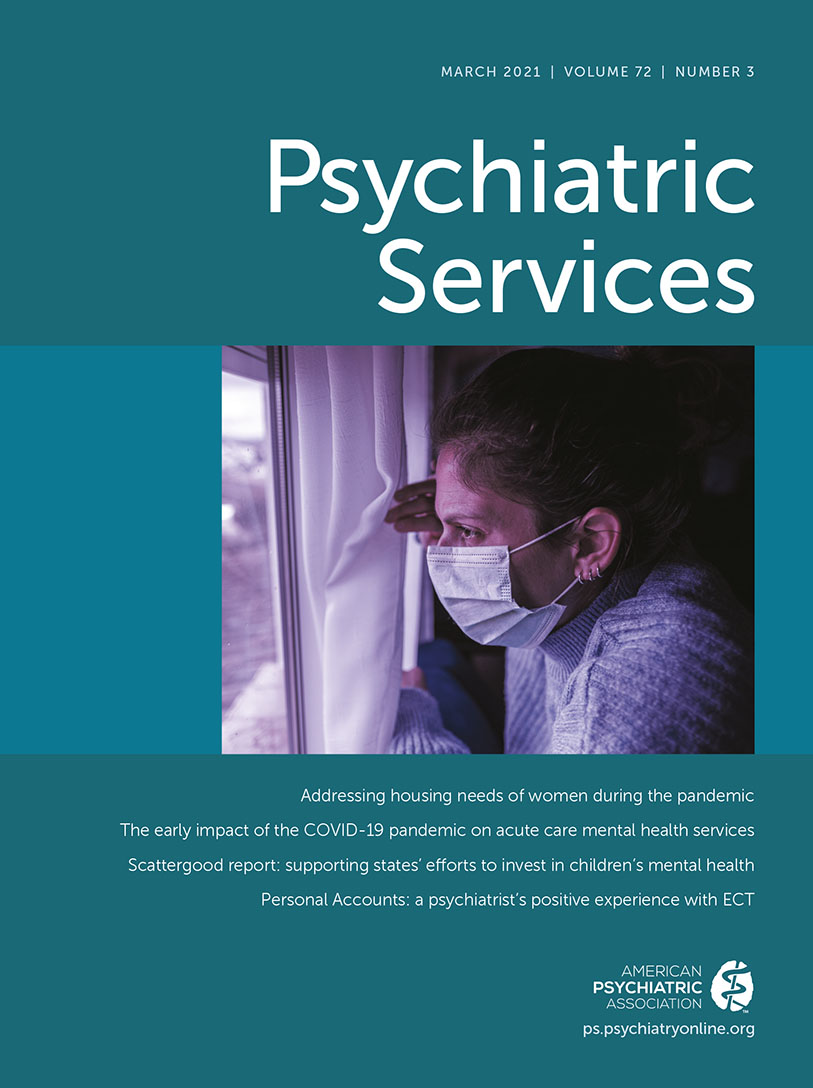Psychopharmaceutical Prescription Monitoring for Children in the Child Welfare System
Abstract
Objective:
Children in the child welfare system are more likely to receive psychotropic medication prescriptions than children in the general population. The authors used prescription- and administrative-level data to quantify variability in prescribing practices among prescribers for the child welfare population in a southern U.S. state.
Methods:
Using administrative- and prescription-level child data and Administration on Children, Youth and Families guidelines, the authors defined the primary outcome, potentially inappropriate psychotropic prescriptions (i.e., red-flagged prescriptions). A hierarchical-logistic regression model was fit to account for case complexity and estimate the adjusted probability of a prescription being red-flagged. A funnel plot was used to visualize standardized prescribing rates for every prescriber and identify outlying prescribers.
Results:
From May 2016 to September 2017, 506 prescribers issued 64,923 prescriptions for 4,093 children with a median (interquartile range) age of 14 (10–16) years. Most prescribers (76.9%) issued at least one red-flagged prescription, 1,263 (30.9%) children received at least one red-flagged prescription, and 14,806 (22.8%) prescriptions were red-flagged. The standardized prescribing rate for each prescriber was compared with a benchmark of 22.8%, defined a priori as the proportion of red-flagged prescriptions in the overall sample. Forty-seven prescribers (9%) prescribed red-flagged prescriptions between two and three standard deviations above the benchmark, and 72 prescribers (14%) more than three standard deviations above the benchmark.
Conclusions:
It is vital to monitor psychotropic prescriptions for children in the child welfare system. Quantifying variability in prescribing practices among prescribers for these children might be used to guide oversight.



